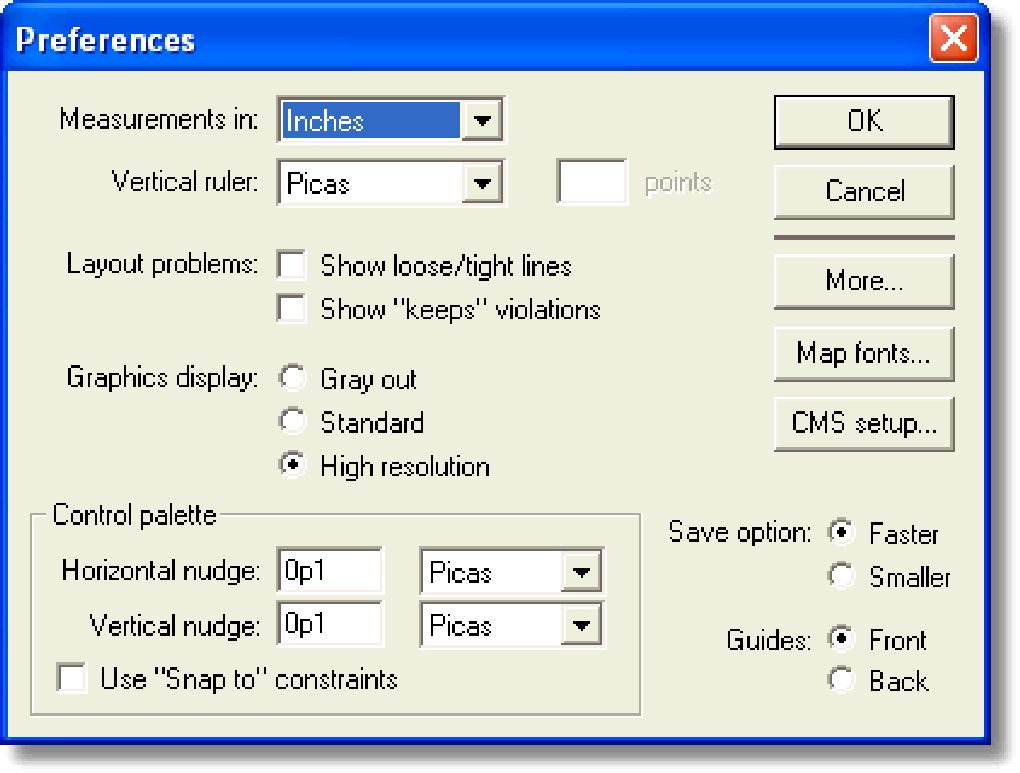
Macworld’s Buying AdviceĬompared with QuarkXPress and Adobe InDesign, PageMaker is labor-intensive, so it’s best suited to basic jobs involving simple designs and few pages.

#ADOBE PAGEMAKER 7 FOR MAC MAC OS#
And Adobe has no plans to Carbonize PageMaker 7.0 (though I had no trouble using version 7.0 in Mac OS X’s Classic mode). But even with those settings, I got frequent memory errors. While version 6.5 needed between 9MB and 20MB of RAM, the default minimum and preferred memory settings for version 7.0 are 15MB and 32MB, respectively. However, those features were difficult to use and produced mediocre Web pages, and they’re no better in version 7.0.īeyond offering neither substantive new features nor fixes for longtime defects such as its separate, inadequate table editor, PageMaker 7.0 has a few other flaws. PageMaker 7.0 is nearly identical to version 6.5 (3.0 mice Adobe says the data-merge tool is intended only for mail merges, where an entire letter is duplicated with a unique name and address in each copy. When I tried to merge data into a PageMaker document containing other text and images, PageMaker 7.0 went haywire and copied the entire document at the beginning of each record.

The actual import works well enough, as long as your PageMaker document has nothing else in it. You also need to be careful when merging records, since PageMaker puts each record on its own page by default.

Be careful–one typo, and your file won’t import. Unfortunately, you can’t use a dialog box to choose the folder or drive containing the file to be imported instead, you must type something like Mac Start:Real Estate Project:Photos:123 Broad St.tif. A field name that begins with the character indicates the name of an image file to be imported. Creating a data form is simple: you select the data file from the plug-in’s palette, and it reads the first row of data to determine the field names.


 0 kommentar(er)
0 kommentar(er)
